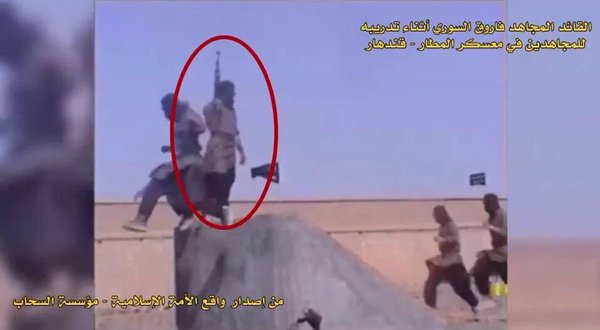Government does move slowly, in some cases if at all at tackling specific issues. With the cheap but effective disinformation campaign launched by Russia via the Internet Research Agency during the U.S. election season, the Mueller operation continues including the indictment of several Russian operatives.
A little factoid which has not been covered by media, much less how the visa got approved is curious, but a former IRA supervisor from Russia has moved to Bellevue, Washington. She is running a blog…ah what? This suspected ex-troll factory manager talked of filing for a Social Security Number (SSN). Burdonova declined to comment to TV Rain about her reasons for the move to the U.S. and denied having worked for the Internet Research Agency. The IRA, since at least 2014, worked to “interfere with the U.S political system” in part by supporting Donald Trump and “disparaging” Hillary Clinton.
The organization used social media advertising to spread misinformation and even staged political rallies in the U.S., the indictment alleged. Officials from Facebook, Twitter and Google have admitted their platforms were abused. More here from Newsweek.
So, between the U.S. State Department and the Pentagon, $40 million has been allocated to the Global Engagement Center to counter the Russian disinformation operation and China or other rogue nations are not exempt from the soon to be American response.
The State Department describes it this way:
The work of the GEC is focused around four core areas: science and technology, interagency engagement, partner engagement, and content production.
- Science & Technology: The GEC’s Science & Technology team is charged with enabling the U.S. government and its partners to increase the reach and effectiveness of their communications. The team conducts research on target audiences and utilizes data science techniques to measure the effectiveness of our efforts. Among other techniques, the Science & Technology team performs A/B testing and multivariate analysis to measure the effectiveness of our content distribution. The GEC utilizes hypothesis-driven experimentation and applies a “create-measure-learn” approach to its activities to maximize effectiveness.
- Interagency Engagement: The GEC liaises regularly across the interagency and coordinates closely with the relevant national security departments and agencies to identify efficiencies and opportunities in the messaging and partnership space. The GEC’s staff includes detailees from throughout the interagency, including the Department of Defense, Intelligence Community, United States Agency for International Development, and Broadcasting Board of Governors.
- Partner Engagement: One of the GEC’s overarching strategies is to identify, cultivate, and expand a global network of partners whose voices resonate with individuals most vulnerable to harmful propaganda. These partners work tirelessly to drive a wedge between susceptible audiences and those nations, groups, and terrorists seeking to influence them. The GEC conducts on-the-ground training sessions to enable these partners to develop their own content and disseminate it through their distribution networks. The GEC also leverages rigorous research and data science to improve tactics and techniques and inspire innovation.
- Content Production: The GEC and its partners have established programming across multiple platforms, including social media, satellite television, radio, film, and print. This programming is conducted in various languages, including Arabic, Urdu, Somali, and French. These platforms allow the U.S. government and its partners to inject factual content about terrorist organizations into the information space to counter recruitment and radicalization to violence. They also allow us to develop and disseminate messaging on effective themes, such as exposing ISIS’s financial and governance failures; its violence against women, children, and religious minorities; and its ongoing territorial losses.
The GEC is currently led by Acting Coordinator Daniel Kimmage.
Congress had mandated the initiative to counter propaganda and disinformation after Russia’s meddling in the 2016 US election. Lawmakers and career foreign service officers were deeply critical when Tillerson didn’t move to use any of the funding, and cited his inaction as another example of the agency’s dysfunction.
A similar operation was allegedly applied to counter Islamic State Islamic propaganda and sophisticated media messaging. Measuring effectiveness is still in question.








